In Photos: Expedition Everest Reveals Amazing Wildlife
Yellow ant
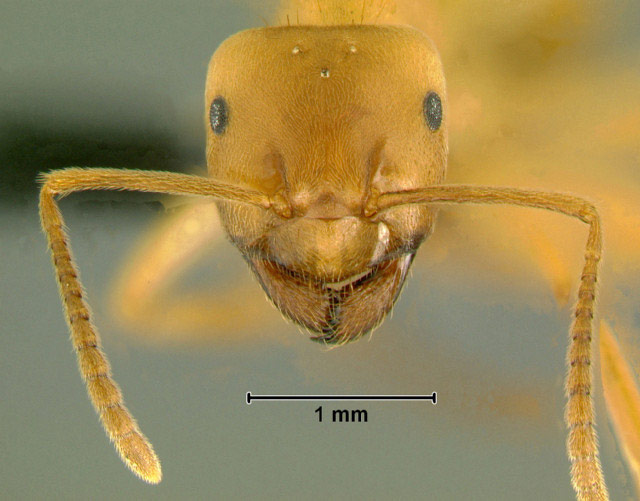
This ant, photographed in Nepal, is a member of the genus Lasius. Their cousins in the Alps serve as natural compasses for goatherders since they build grassy mounds that always face east.
New grasshopper
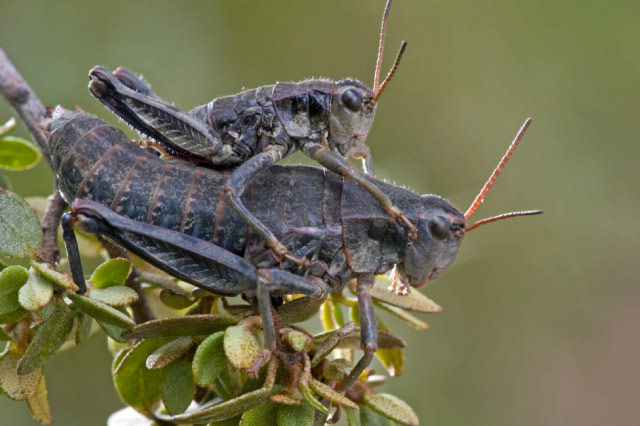
“Hey! Get off my back!” This new wingless grasshopper species, Kingdonella, was discovered in China. The male of this group rides the females’ back for days at a time to prevent other males from mating with her. These hoppy insects can withstand extremely low temperatures and communicate by “gnashing” their teeth.
Torrent Frog
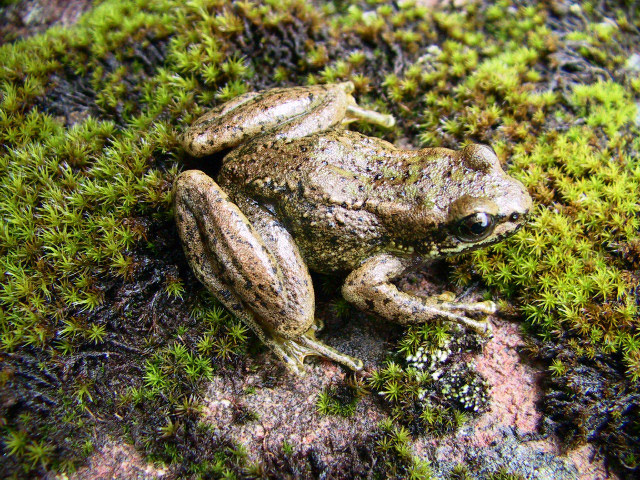
A torrent frog, photographed in China. Recent studies have shown that a torrent frog’s specialized ears allow it to communicate with friends using ultrasonic chirps.
Elusive katydid
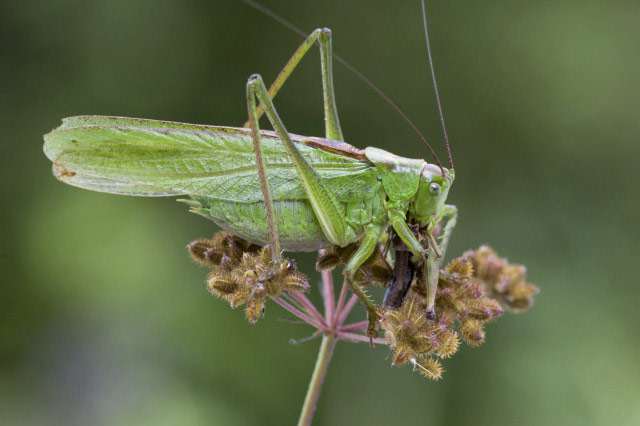
So it does exist! The expedition team lucked out and spotted this katydid, a type of grasshopper, in China. This particular species, Tettigoni chinensis, had only been spotted once since 1933.
Royle's pika
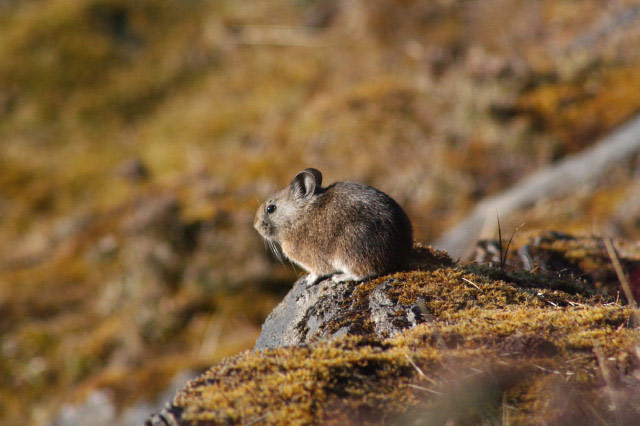
Here’s a Royle’s pika, Ochotona roylei, sunning itself on a rock in Nepal. When they sense that a predator is sneaking up, the let out a shrill warning call and their bodies jerk forward and up with each bark and whistle. At nighttime they eat their own feces to maximize the nutrients they get from food.
Parrotbill
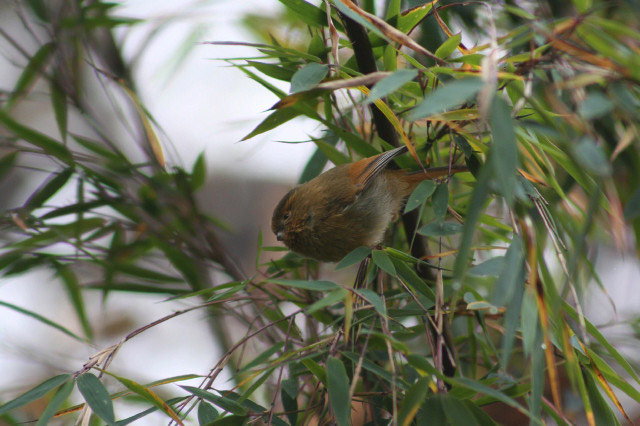
This rolly, polly bird is a Fulvous Parrotbill (Paradoxornis fulvifrons). They live mostly in reedbeds or bamboo stands, which are also their main source of food. They have short, heavy, and wide parrot-like beaks to cope with these tough grasses.
The Mountains of Southwest China
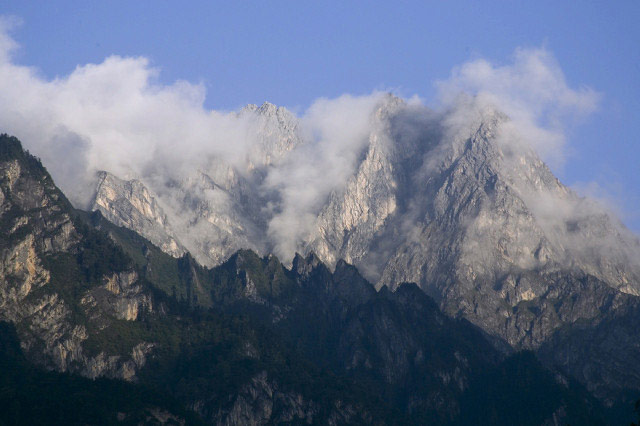
The Mountains of Southwest China, the biodiversity hotspot where Expedition Everest: Mission Himalayas took place.
Sign up for the Live Science daily newsletter now
Get the world’s most fascinating discoveries delivered straight to your inbox.










